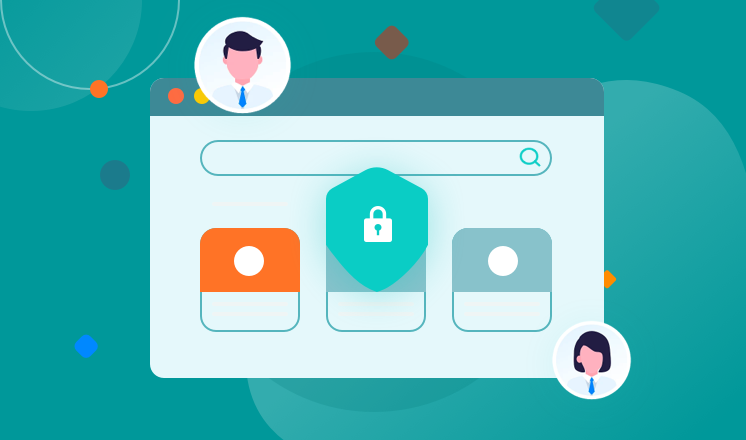In today's digital era, safeguarding personal privacy and bypassing blocked access to restricted content have become concerns for users. Using a proxy is a common method to achieve these goals on Android phones. This article will provide a detailed guide on the steps and considerations for using a proxy on Android phones, helping readers protect their privacy, bypass restrictions, and access restricted content.

I. Setting up a Proxy Server
Using a proxy server is a crucial step in using a proxy on an Android phone. Here are the specific steps for setting up a proxy server:
Choose a Proxy Server: Firstly, you need to select a trusted proxy server. You can find a suitable proxy server by searching online or referring to recommended lists.
Configure the Proxy Server: Go to the settings menu on your Android phone and find options such as "Wireless & networks" or similar. Select "Wi-Fi" settings. Long-press the Wi-Fi network you want to connect to and choose "Modify network" or a similar option.
Set up the Proxy: In the interface for modifying network settings, find "Advanced options" or "Proxy settings." Based on the information provided by the proxy server, choose "Manual" and enter the proxy server's hostname and port number.
Save the Settings: Save the settings and return to the previous menu. Reconnect to the Wi-Fi network, and the proxy server settings will take effect.
II. Adjusting Network Settings
In addition to setting up the proxy server, you also need to adjust the network settings on your Android phone to ensure that the proxy works correctly. Here are some common network setting adjustments:
Avoid Network Restrictions: Some internet service providers or organizations may impose restrictions or blocks on proxies. You can try enabling "Airplane mode" in your phone's settings and then disabling it to refresh the network connection and bypass the restrictions.
Prevent IP Leaks: Sometimes, using a proxy can still result in real IP leaks. To avoid this issue, consider using a proxy-enabled VPN service that combines the use of a proxy and a VPN to enhance privacy protection.
III. Advantages and Considerations
Using a proxy on an Android phone has many advantages, but there are also some considerations to keep in mind:
Privacy Protection: Using a proxy can hide your real IP address, protecting your personal privacy and anonymity.
Bypassing Restrictions: Proxies can help bypass geographical restrictions, network blocks, and firewalls, allowing access to restricted content.
Be Mindful of Proxy Security: Choose trusted proxy servers and avoid using proxies from unknown or insecure sources. Do not enter sensitive information while connected to a proxy to prevent information leaks.
IV. Recommended Proxy Services and Configuration for Android Phones
When selecting a proxy service suitable for Android phones, consider the following recommendations:
VPN Proxy Services: VPN proxies offer comprehensive solutions by providing both proxy functionality and network encryption to enhance security. Well-known VPN service providers such as ExpressVPN, NordVPN, and Surfshark are compatible with Android phones.
Proxy Browsers: Some browser applications come with built-in proxy features, such as Firefox and Opera Mini. By using these browsers, you can easily set up and switch proxies.
Regular Configuration Checks: Regularly check proxy settings to ensure the availability and accuracy of the proxy server configuration.

Conclusion:
By setting up a proxy server and adjusting network settings, we can use a proxy on Android phones to achieve privacy protection, bypass restrictions, and access restricted content. Selecting a suitable proxy service and configuration is essential to ensure the proper functioning and security of the proxy. When using a proxy, we need to be mindful of privacy protection and proxy security, and regularly check proxy settings to ensure their effectiveness. With the help of a proxy, we can enjoy a safer and more unrestricted online experience on Android phones.



